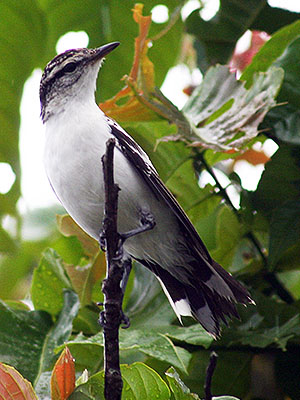Cebu Blackish Cicadabird (Edolisoma coerulescens ssp. alterum)
The Blackish Cicadabird (Edolisoma coerulescens (Blyth)) is endemic to the Philippines, where three subspecies are recognized, of which two again are now considered extinct, leaving only the nominate race which inhabits the islands of Catanduanes and Luzon in the northern part of the Philippines.
***
The Cebu Blackish Cicadabird, which was endemic to the island of Cebu, was described in 1881, originally as a distinct species.
The form was not recorded since 1906 and probably died out sometimes after that date due to the extreme deforestation of its habitat.
***
syn. Coracina coerulescens ssp. altera (Wardlaw-Ramsay), Edolisoma alterum Wardlaw-Ramsay
*********************

Photo: Forest Botial-Jarvis
https://www.inaturalist.org/people/tiluchi
https://creativecommons.org/licenses/by-nc/4.0/
*********************
edited: 06.02.2024

